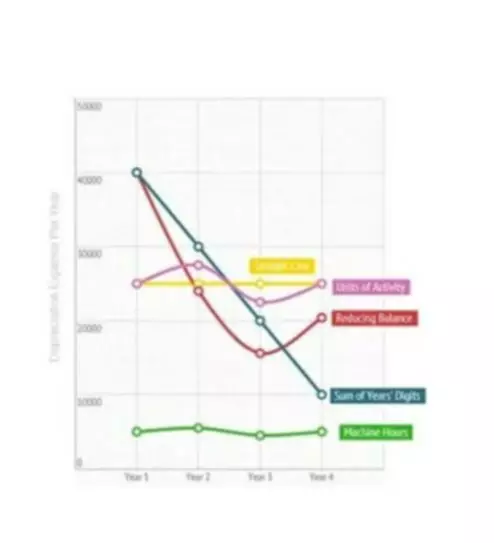Content

The post-closing trial balance shows the balances after the closing entries have been completed. An initial trial balance report is called an unadjusted trial balance. After adjustments have been made to correct any errors, it’s called an adjusted trial balance and is used to prepare other financial statements.
Entering these transactions into the unadjusted trial balance means that the balance reflects all transactions that have transpired over the period. A trial balance functions as a checkup for an organization, to identify errors in bookkeeping, or as an indication for places to audit. It is also a significant step toward creating a balance sheet. Note that the total value of debits equals the total value of credits.
Close the Books
Some of the what is a trial balance are highlighted by trial balance and these can be rectified before the preparation of final accounts. Discuss the advantages and disadvantages of at least two sampling methods. Make a recommendation for the best method to sample accounts receivables.
- If the trial balance fails to balance, an error has occurred and must be located.
- The other line items and amounts simply relate to totals and derived amounts within the statements.
- A trial balance is a report that lists the balances of all general ledger accounts of a company at a certain point in time.
- When we introduced debits and credits in the last section, you learned about the usefulness of T-accounts as a graphic representation of any account in the general ledger.
- Know how a trial balance can be used to facilitate preparation of financial statements.Will a trial balance necessarily produce correct financial statements?
- A general ledger is a record-keeping system for a company’s financial data, with debit and credit account records validated by a trial balance.
Some companies need to create financial statements quarterly, while others only annually. The financial statements are significant documents that capture the financial state of a company at a given point in time. They’re helpful for analyzing how a company has grown since the earlier period, and are useful for outside investors to determine if the company makes a prudent investment. In this example, cash, accounts receivable, office supplies and equipment are all assets.
You have an adjusted trial balance … what now?
An error of principle is when the entries are made to the correct amount, and the appropriate side , as with an error of commission, but the wrong type of account is used. Liability and owner’s equity accounts such as accounts payable and capital reflect the position of liabilities and capital at the end of the accounting period. Asset accounts like cash, accounts receivable, inventory, furniture, etc., show the position of the assets at the end of the accounting period. Before complex accounting procedures are applied, it is necessary to check the accuracy of the work that has already been done.

It is usually used internally and is not distributed to people outside the company. Trial balance is an essential part of the accounting process and helps in preparing financial statements. It also provides a summary of the financial activities of a company, thus helping the management to make important decisions. Here, the debit and credit balances are posted separately and balanced, which also helps in rectifying errors.
How to Use a Trial Balance in Your Business
An adjusted trial balance is prepared after completing the adjustment entries and balancing the book. It is used to prepare financial statements and make sure that errors are rectified and accurate. The traditional method is prepared by presenting the totals of the debit and credit columns relating to each ledger account in the relevant columns in the trial balance. The purpose of trial balance is to find errors and fix them so your accounting books are accurate.
- We will show an example of transactions and how they are recorded in a general journal in an example later in the chapter.
- Then the parent company can use these ending trial balances to prepare consolidated results.
- If they are not in balance, it indicates that an error has been made.
- An error of reversal is when entries are made to the correct amount, but with debits instead of credits, and vice versa.
- A trial balance is a list of all the general ledger accounts contained in the ledger of a business.
- Xero does not provide accounting, tax, business or legal advice.
The balance of a debit or credit side of any ledger account can be identified by referring to a trial balance. The golden rule in accounting states to debit what you receive and credit what is going out. This step is mostly used to recheck whether the entries in both journal and ledger have been done correctly.